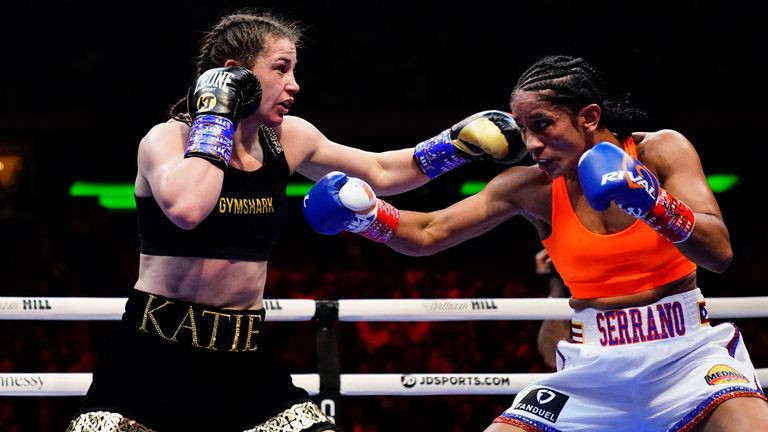In November, a staggering 74 million viewers tuned in on Netflix to witness the second showdown between Katie Taylor and Amanda Serrano, two of boxing’s most dynamic warriors who reportedly banked a combined $14 million for their efforts. It was the epitome of women’s boxing so far: a dazzling display of skill, heart, and two-way brutality that many fans rank as one of the finest fights in the sport’s history.
That epic rematch in Arlington, Texas, set the stage for yet another collision course - Taylor vs. Serrano III on July 11 at Madison Square Garden, site of their first classic battle. With the biggest names and brightest lights aligned, women’s boxing appears to be in the midst of a genuine “golden age.” Fighters like Mikaela Mayer, Sandy Ryan, and Claressa Shields have also propelled female boxing into unprecedented territory, drawing large audiences and reshaping traditional expectations.
Yet behind the new-found glory and the celebratory atmosphere lies an unsettling reality: the potential long-term damage these fighters may suffer. Historically, boxing has always carried a heavy toll. Now, that concern extends to women at a scale and visibility we’ve never quite seen before. Heather Hardy, once among the most prominent female boxers, referred to herself as “the First Lady of brain damage” after a punishing career that culminated in a brutal loss to Serrano in 2023. Hardy openly discusses her post-boxing struggles, vision problems, cognitive concerns, and an overall sense of diminished capacity.
Science suggests that female athletes may be at greater risk for concussions than male athletes, due in part to potential differences in hormone levels and neck strength. In an already brutal sport, shorter rounds for women might reduce stoppages but can lead to extended punishment. Experts like Dr. Nitin Sethi, Chief Medical Officer for the New York State Athletic Commission, acknowledge that while boxing is “not good for the brain” across genders, the looming specter of female fighters suffering severe, long-term neurological harm could spark an even greater outcry among the general public than it has historically for male boxers.
This raises pressing questions: how will boxing address the health and safety of its rapidly rising women’s division? What happens if - and, realistically, when - more female fighters exhibit the devastating aftereffects of repeated head trauma?
Let us know what you think.
Prepare for Taylor vs. Serrano 3.
Image Credit: Sky Sports
